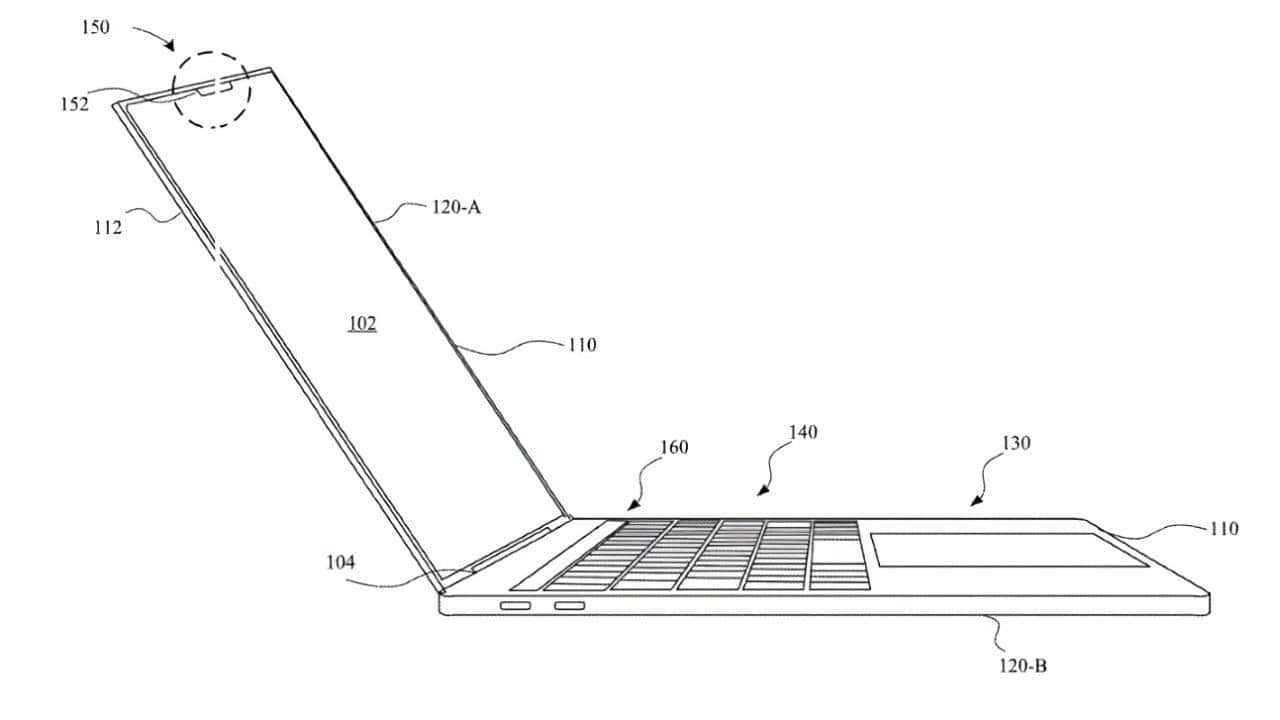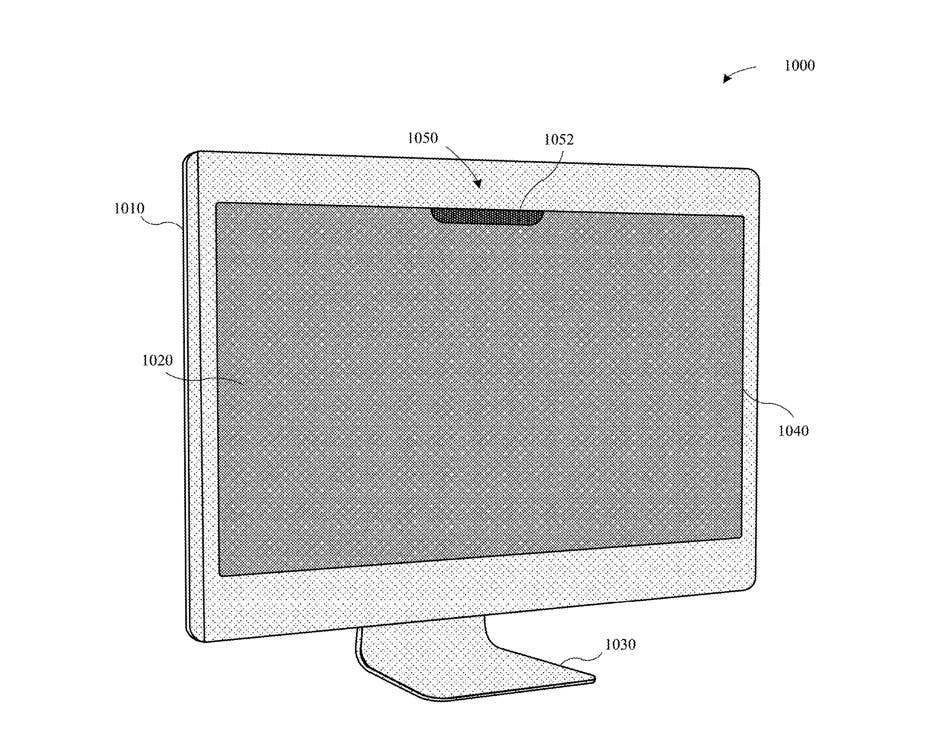Apple, the tech giant that revolutionized the world with the iPhone and iPad, is now setting its sights on bringing Face ID to Macs, both laptops and desktops. A recent patent approval hints at the possibility of this cutting-edge facial recognition technology making its way to the Mac ecosystem. However, while this development is exciting, it’s important not to set our expectations too high just yet.
The patent, elegantly titled “Light Recognition Module for Determining a User of a Computing Device,” underscores Apple’s commitment to enhancing security and privacy on its devices, especially in an era where users are increasingly relying on Macs for a myriad of personal and sensitive tasks. This patent primarily delves into the incorporation of Face ID into MacBooks, employing innovative “light pattern” recognition technology.
Apple Explores the Integration of Face ID into Macs

The document meticulously outlines the intricate process of light projection and detection, involving a light emitter and a detector equipped to recognize specific patterns. But there’s a caveat – the implementation of this technology must align with the constraints of Apple’s sleek and slimline devices. The patent stresses the need for authentication mechanisms that are compact and thin, all without compromising on accuracy.
Now, you might be wondering about the notch that’s become synonymous with Face ID on iPhones. Interestingly, MacBooks seem to be prepping for the arrival of Face ID as well. Currently, the MacBook notch conceals little more than the webcam. However, the TrueDepth sensors, including an infrared camera, a regular camera, point protectors, brightness sensors, and proximity sensors, occupy space. Apple has been steadily working to reduce the size of the notch, much like the transformation of the iPhone notch into the Dynamic Island. The patent even explores various shapes for concealing these components on Macs, such as circles, ellipses, or polygonal shapes.
While the patent mainly focuses on laptops, it’s worth noting that a drawing within the document showcases the Face ID notch integrated into an iMac-style chassis. Nevertheless, it’s essential to remember that obtaining a patent does not guarantee the immediate launch of a product. Apple continually explores various technologies, and patent filings are just one facet of their innovation process.

Considering Apple’s previous statements about extending Face ID to other devices, this development aligns with their trajectory, much like the evolution of Touch ID. If this technology does indeed make its way to Macs, it would undoubtedly be an additional selling point, given Face ID’s robust security features. However, consumers may also have concerns about potential price increases, as Macs are already considered premium devices. Currently, the primary biometric sensor on Macs is Touch ID, present on the brand’s keyboards. The future, it seems, may hold an exciting blend of security and innovation for Mac users.
Here are some of the benefits of Face ID on Macs:
- Increased security: Face ID is a very secure biometric authentication method that is difficult to spoof. This would make Macs more secure against unauthorized access.
- Convenience: Face ID can be used to log in to Macs, make purchases in the App Store, and authorize payments. This would make it more convenient to use Macs.
- Improved user experience: Face ID can be used to make tasks on the Mac more natural and intuitive. For example, users could use Face ID to unlock their Macs with a glance or to approve payments with a smile.
Here are some of the challenges of Face ID on Macs:
- Cost: Face ID is a more expensive technology than Touch ID. This could lead to higher prices for Macs that have Face ID.
- Implementation: Face ID requires specialized hardware that is not currently available in all Apple computers. This could make it difficult to implement Face ID on older Macs.
- Privacy concerns: Some users may be concerned about the privacy implications of Face ID. Apple will need to address these concerns in order to make Face ID a success on Macs.
Overall, the benefits of Face ID on Macs outweigh the challenges. Face ID is a secure, convenient, and natural way to authenticate users on Macs. It is likely that Face ID will become a standard feature on Macs in the future.





